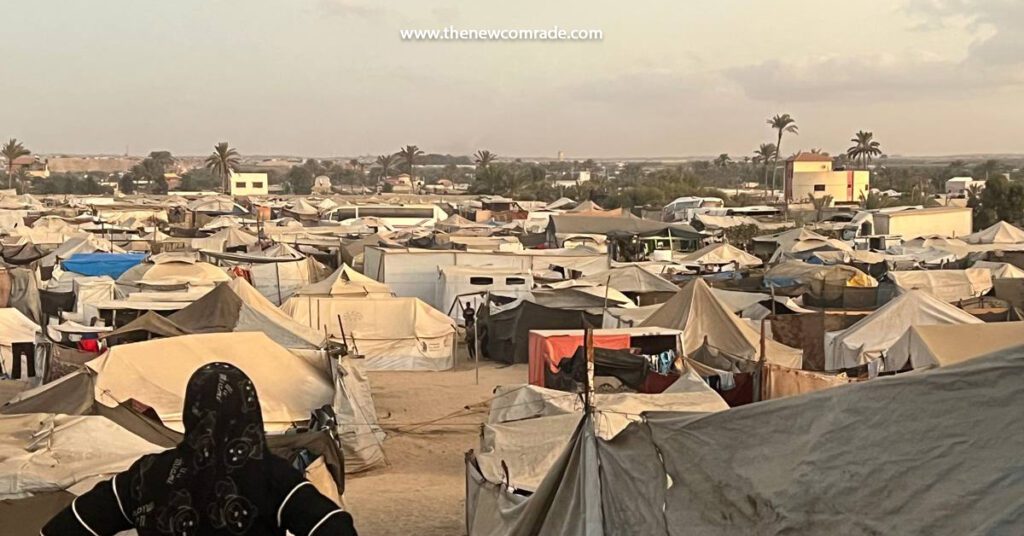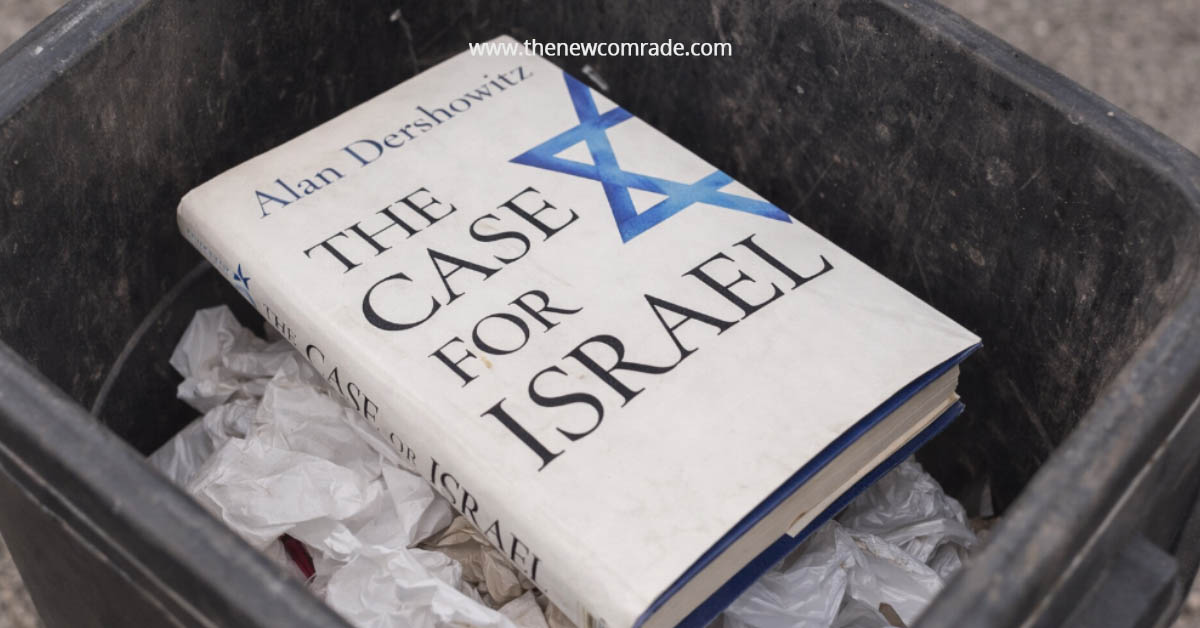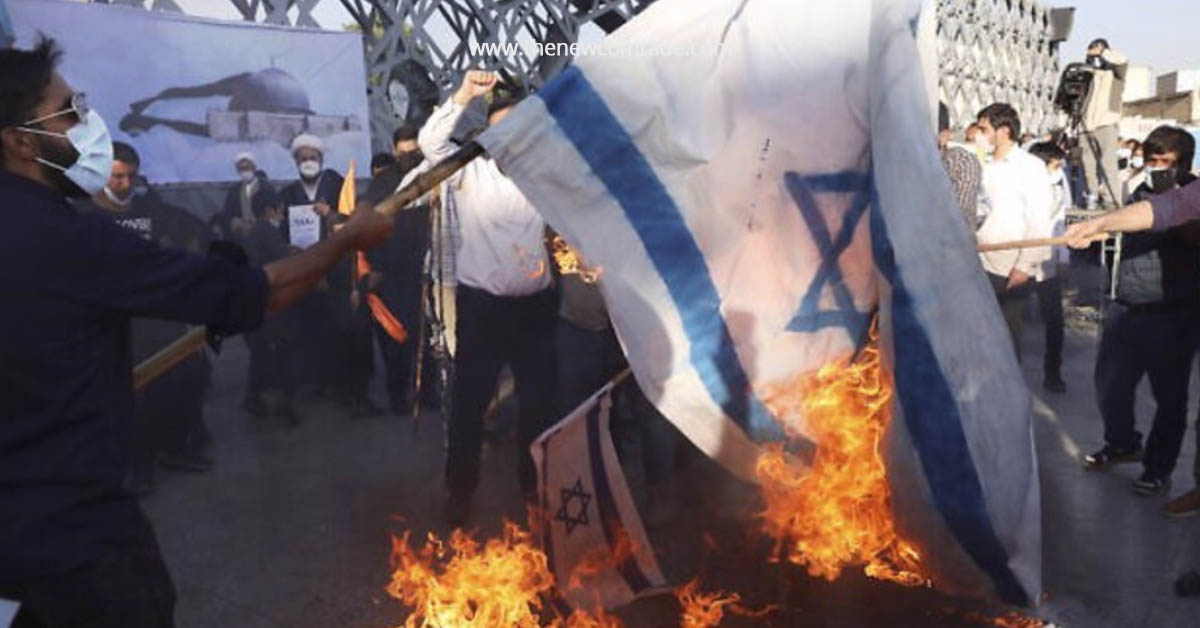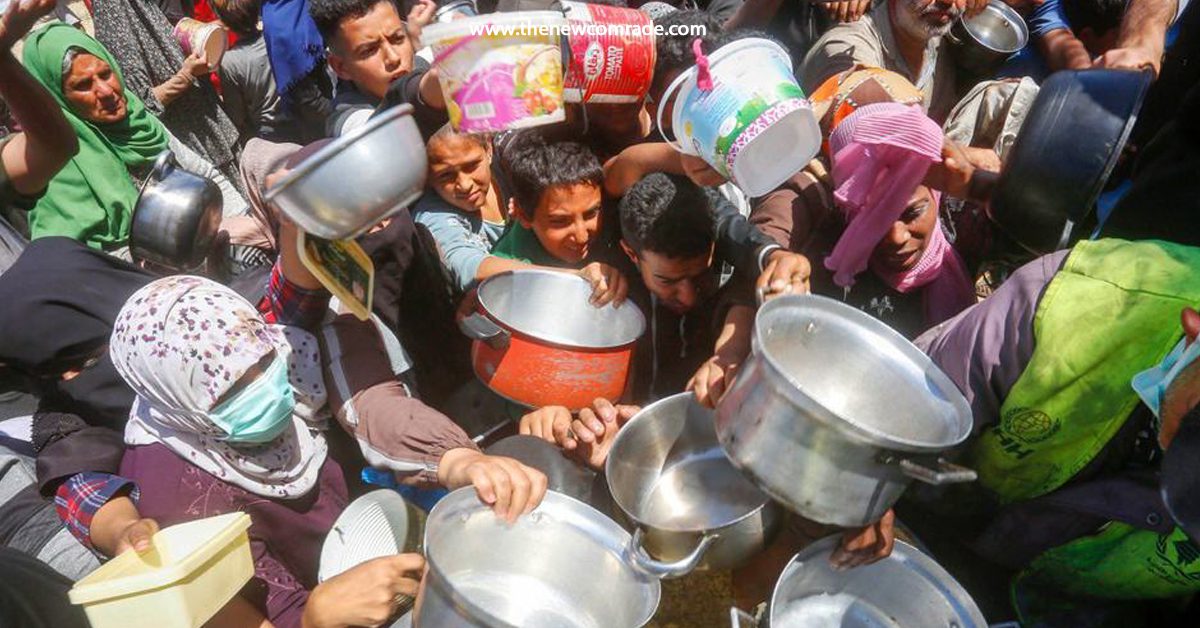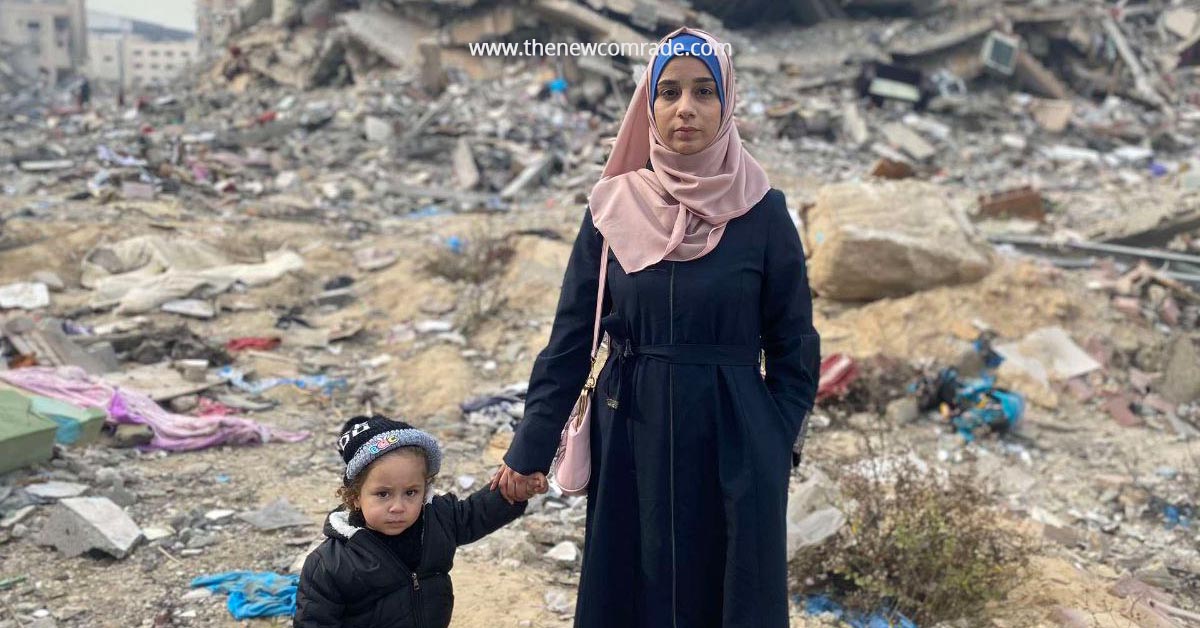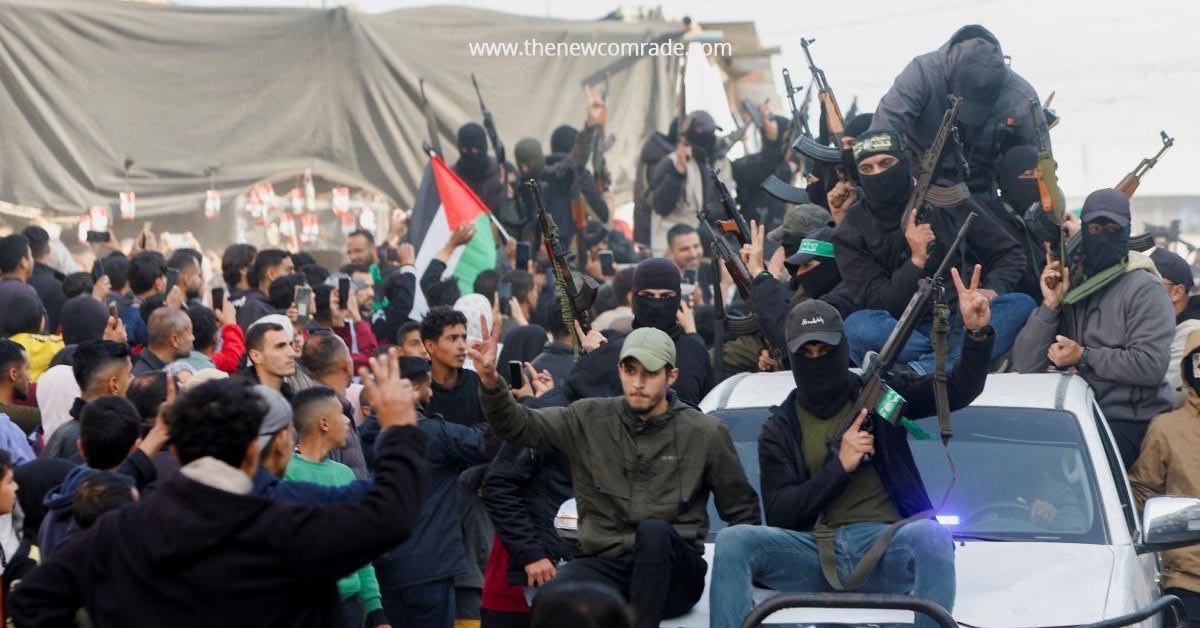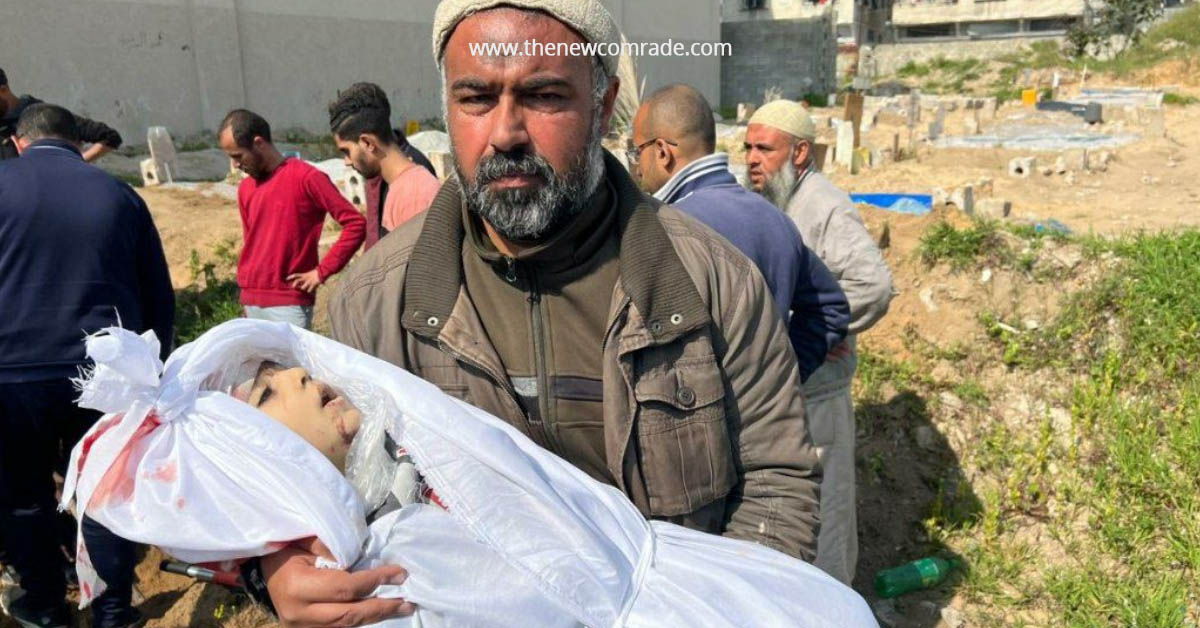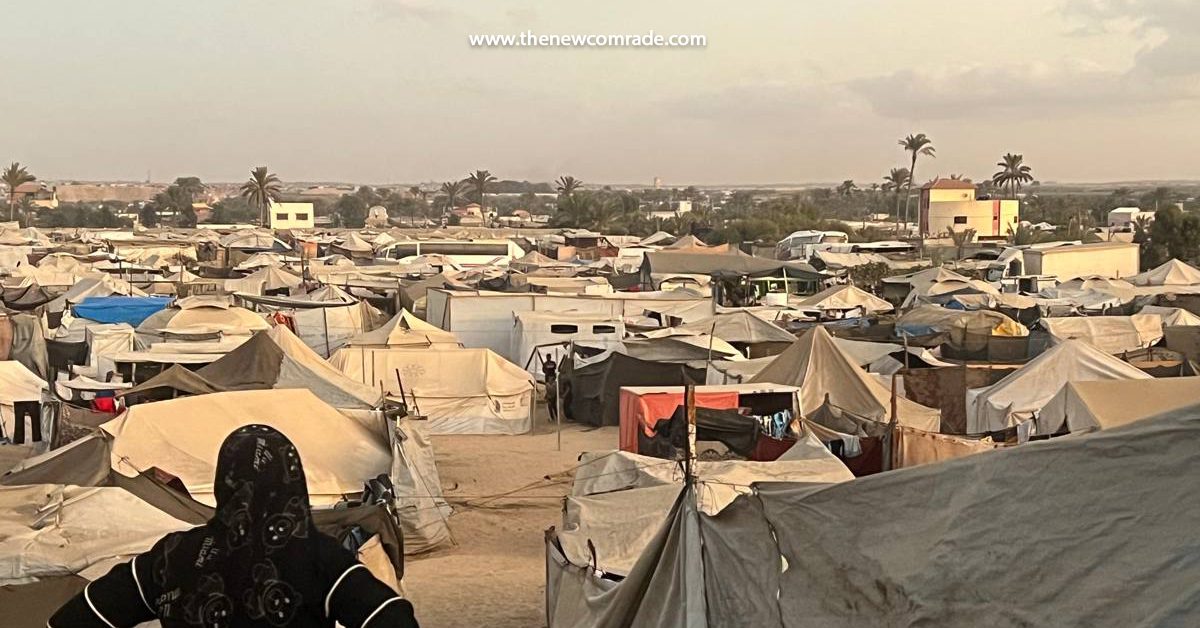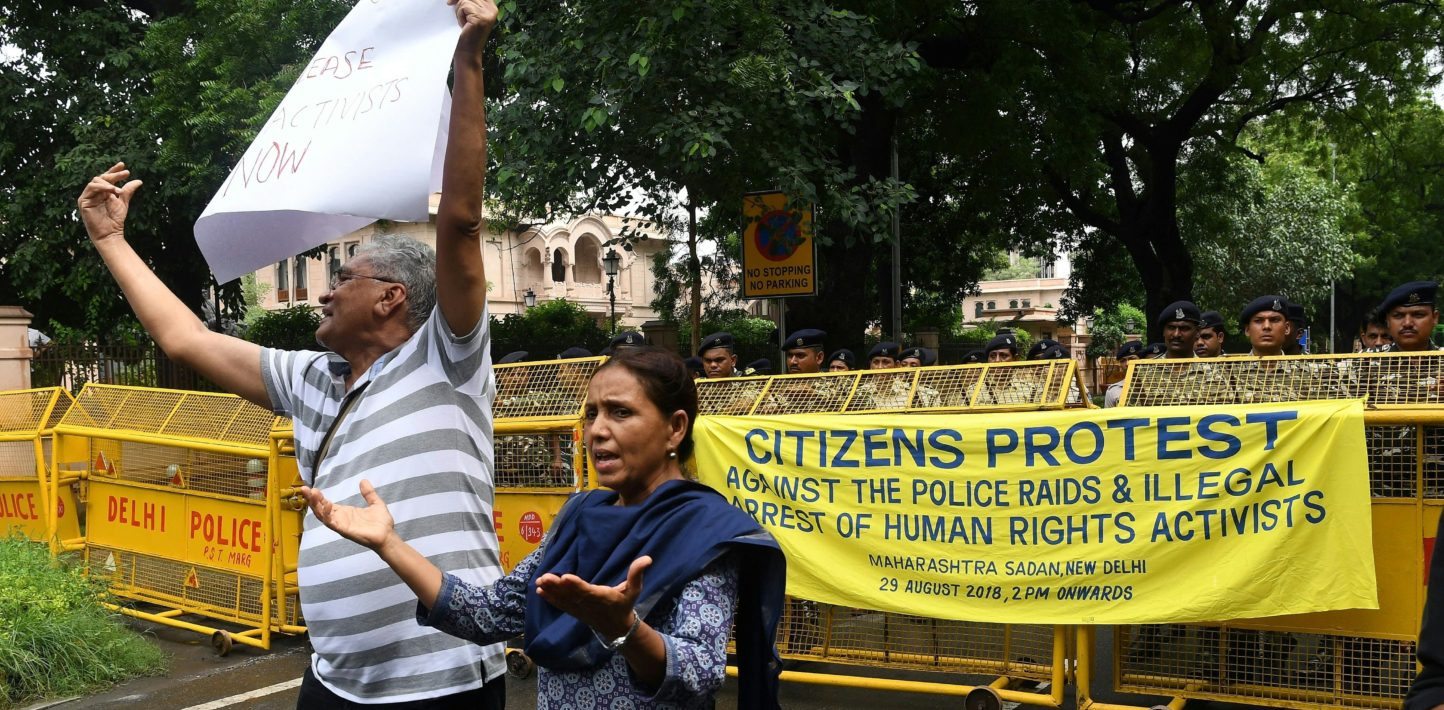After two grueling years of relentless war, a ceasefire took effect in Gaza. The roar of airstrikes and artillery subsided, bringing a fragile calm to the battered strip. For Gaza’s residents, this silence does not equate to peace, nor does it mark the end of suffering that has stretched over months and years. Beneath the apparent quiet lies a humanitarian crisis that continues to unravel, exposing the deep scars left by war.
This ceasefire has rekindled hope for many – a faint promise that bombardment might halt. Behind this veneer of relief lies a profound tragedy, viz. a gargantuan magnitude of destruction – of homes, infrastructure, and communities. Thousands of displaced families have returned to cities and neighborhoods are reduced to rubble, confronting a new reality defined by insecurity, scarcity, and struggle for survival. The ceasefire has not resolved the structural collapse of Gaza; instead, it has unveiled a daunting chapter in the lives of its inhabitants.
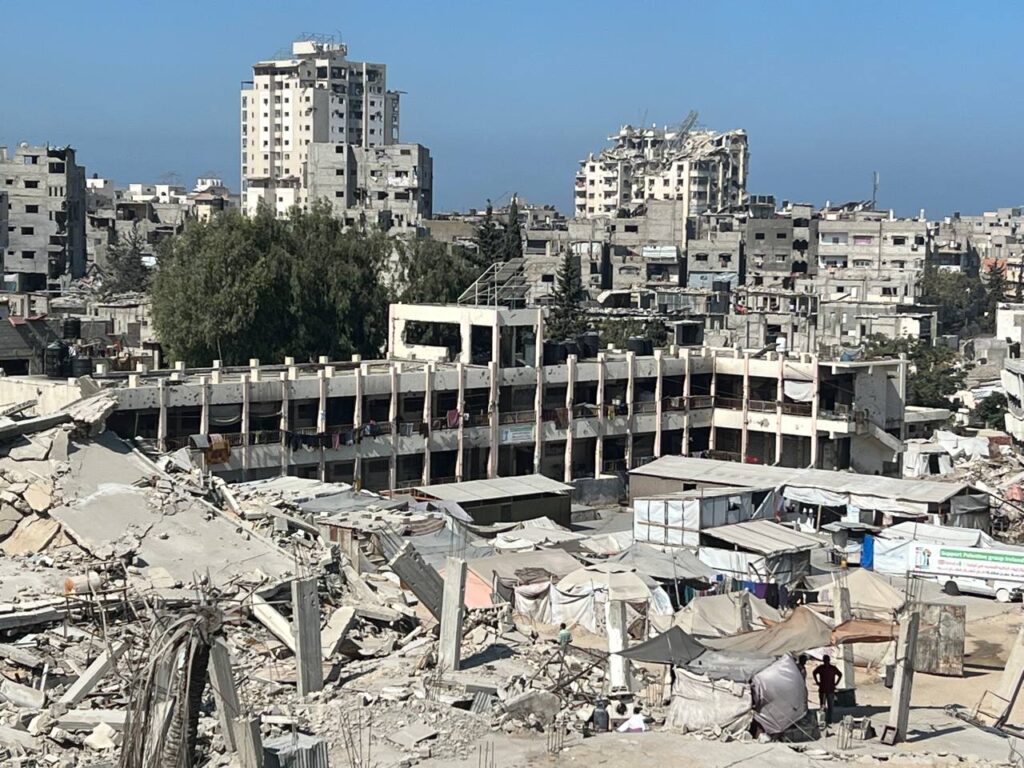
Amid the ruins, residents navigate streets strewn with debris, searching for remnants of their homes or any shelter they can claim. Families wander through shattered buildings, their memories intertwined with the crumbled walls, while many sleep on bare ground, surrounded only by dust and fragments of their former lives. Humanitarian aid trickles in, and the resources are far from sufficient to meet the overwhelming need. This daily struggle between survival and despair has become a stark reality for Gaza’s population.
Children, perhaps the most vulnerable victims of the conflict, face an existence marked by deprivation. Two years of war and blockade have left deep imprints on their lives. Many have lost parents, siblings, and friends, while their basic needs—safety, nourishment, clean water—remain unmet. Education and recreation have been severely disrupted; schools and playgrounds were destroyed or repurposed as shelters during the fighting. Access to healthcare is limited, leaving children exposed to untreated illnesses and trauma. Humanitarian organizations warn that an entire generation is growing up amidst destruction, malnutrition, and psychological distress, and that without urgent intervention, Gaza’s youth could face long-term physical, social and mental health crisis.

The elderly population in Gaza is enduring hardships of a different but equally severe nature. Many of them have lost their children, homes, and sources of income. Today, they confront daily life under conditions that exceed their physical and emotional capacity. The struggle to meet basic needs, compounded by isolation and grief, leaves elders particularly vulnerable, highlighting the enduring human cost of prolonged conflict.
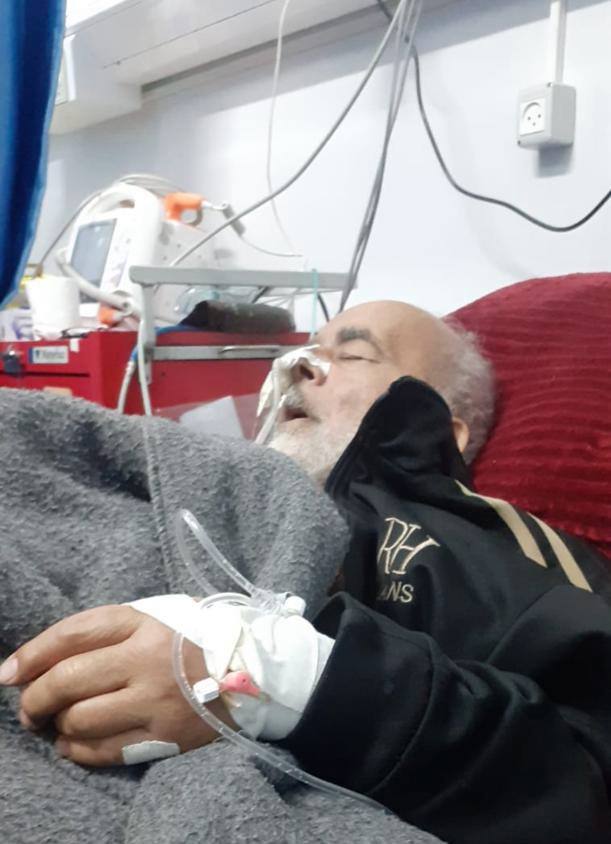
Women in Gaza are shouldering enormous responsibilities in this post-war environment. The collapse of infrastructure and services has thrust them into frontlines of coping with its consequences. Many women are now the primary caretakers and providers for their families, navigating challenges from securing food and clean water to ensuring children’s safety and access to healthcare. Employment opportunities remain scarce. Support services are limited, leaving women to juggle immense burdens in an already strained environment. Their resilience, while admirable, underscores the gendered dimensions of suffering that persist in post-conflict Gaza.
Since the ceasefire being declared, humanitarian aid has been entering Gaza. Lorries carrying food, medical supplies, and basic necessities have been allowed into the territory, offering a glimmer of relief. Yet, the aid is grossly insufficient to address the magnitude of needs. Zionists’ restrictions on the entry of fuel and construction materials continue to exacerbate the humanitarian crisis. Quite naturally, long queues are found outside distribution centres, for food and essential supplies, revealing the scale of deprivation that persists despite the pause in active hostilities.
Residents of Gaza place their hopes on international commitments to rebuild their devastated territory. Calls for the opening of border crossings and the facilitation of construction and fuel imports reflect the urgent desire for reconstruction and the restoration of daily life. While the ceasefire stops the immediate violence, it does not automatically alleviate the long-standing problems of destroyed homes, collapsed infrastructure, and limited access to basic services. Reconstruction is also much more than a matter of physical rebuilding; it is also about restoring dignity, security, and a sense of normalcy to a traumatised population.
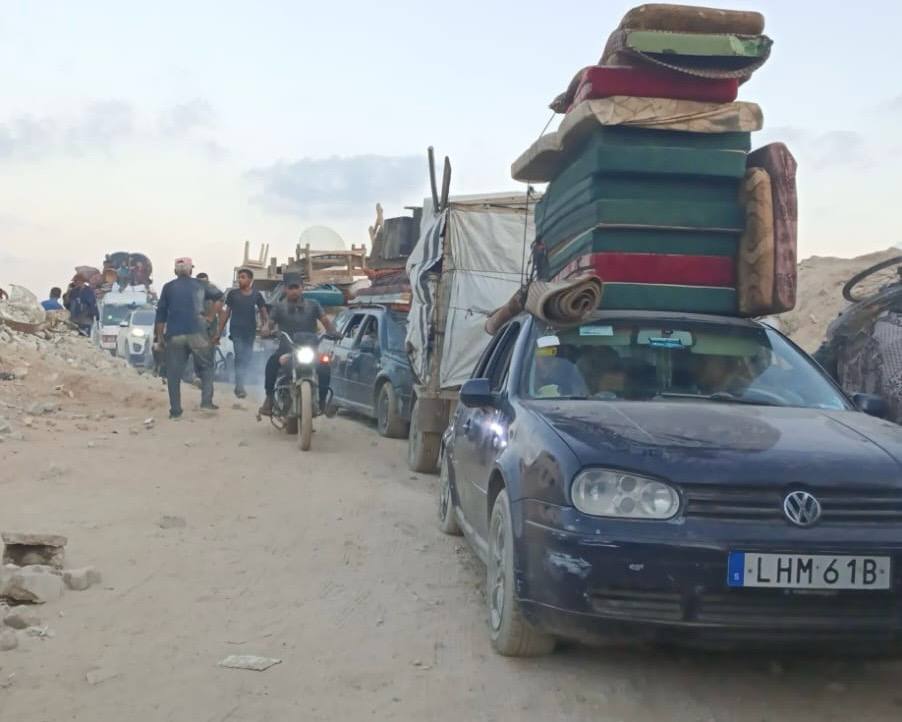
Observers warn that the current truce is fragile and could collapse without robust international guarantees. Experts stress that ceasefires are only as effective as the commitments and enforcement mechanisms that accompany them. Without urgent reconstruction initiatives, unrestricted access to food, fuel, and medical supplies, and strong international oversight, the people of Gaza may continue to face cycles of deprivation and despair, even in the absence of active warfare.
The psychological impact of this conflict cannot be stated enough. The trauma experienced by children, elderly, and survivors of repeated bombings continues to shape the daily life of this strip. PTSD, anxiety, and depression are widespread, affecting those who witnessed death and destruction firsthand. Families have been fractured, and entire communities remain in limbo, struggling to reclaim a sense of normalcy. Efforts to provide mental health support are limited, and the magnitude of need far exceeds the available resources. The rebuilding process, therefore, must encompass not only physical infrastructure but also social and psychological recovery.
The challenge of rebuilding Gaza is enormous. Beyond the physical destruction of homes and infrastructure lies the economic devastation that hampers recovery. Unemployment rates are very high, basic services remain inconsistent, and trade and industry have been severely disrupted. For many families, the ceasefire offers only a pause in suffering, not a guarantee of improvement. Sustainable solutions require long-term investment in healthcare, education, social services, and economic development alongside immediate relief efforts.

Despite these challenges, stories of resilience persist. Community initiatives, local NGOs, and grassroots efforts have emerged to address urgent needs, from makeshift schools to temporary shelters and food distribution programs. These initiatives, often led by women and youth, reflect a determination to persevere and support one another despite overwhelming obstacles. They serve as reminders that, even amidst destruction, the human spirit endures.
The overall picture remains grim. The ceasefire, while necessary, is not sufficient to heal the deep wounds inflicted by years of war. Thousands of families remain homeless. Children continue to face disrupted education and inadequate nutrition. Adults struggle to provide for their families amid economic and social collapse. Without coordinated international support and a genuine commitment to reconstruction and humanitarian relief, Gaza risks slipping further into a cycle of despair and dependency, where the silence of bombs masks an ongoing humanitarian catastrophe.

To conclude, the ceasefire in Gaza has brought a temporary reprieve from the violence, but has not resolved the accompanying humanitarian crisis. As mentioned, the war has left behind a landscape of devastation, trauma, and uncertainty. Children, women, elderly, displaced families, etc. continue to face profound challenges in accessing food, water, shelter, healthcare, and education. Humanitarian aid, while crucial, is insufficient without broader efforts to rebuild infrastructure and restore livelihoods. International guarantees, sustained reconstruction efforts, and unrestricted access to essential goods are essential to ensure any degree of survival and recovery. Gaza’s path forward requires more than cessation of hostilities; it demands a commitment to human dignity, social stability, and the reconstruction of a society that has endured the unrelenting consequences of war.
The people of Gaza remain resilient, tested daily by the enduring effects of destruction and deprivation. As the world watches, the urgent question remains: can international support transform fragile ceasefire into meaningful recovery, or will the silence of bombs simply precede the next cycle of conflict?! The answer to this question would define the future of a generation that has endured far more than its fair share of suffering but still clings to hope amid the ruins.
Disclaimer: The opinions expressed in this article are solely the author’s and do not neccessarily reflect the opinions or beliefs of the website and its affiliates.
